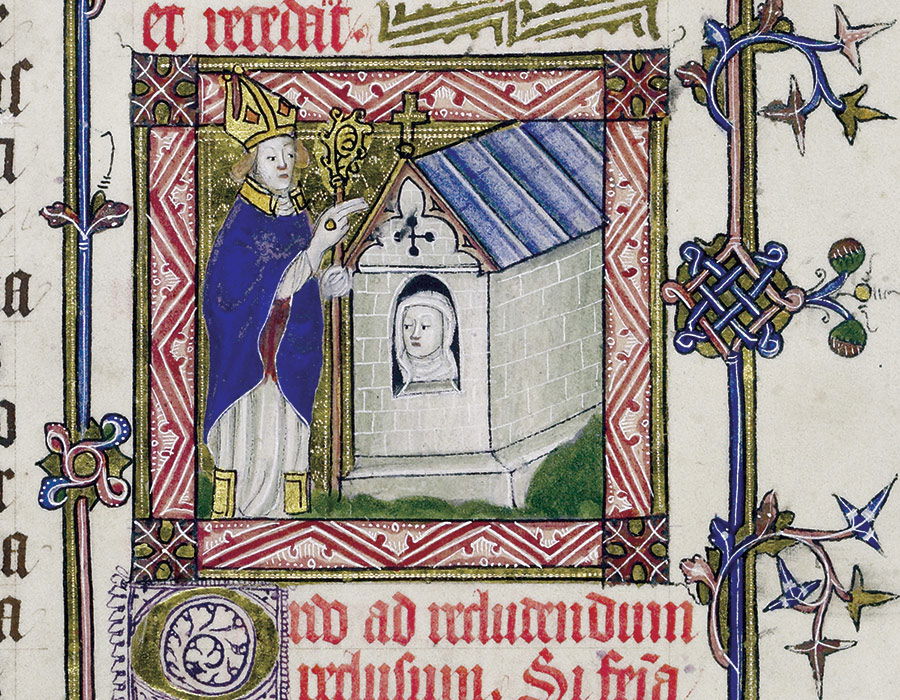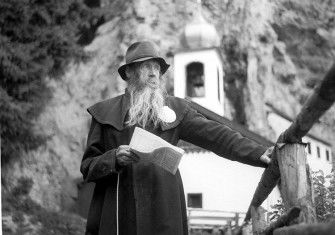The Anchorites Who Escaped
Despite the spiritual rewards of the medieval anchorhold, the desire to break free could be overwhelming.

A Yorkshire town was overtaken by scandal in the 1440s, when it was revealed that its resident anchoress – a recluse confined at her own request to a small dwelling under the jurisdiction of the convent of Whalley – had ‘broken owte’ and absconded with, so rumour insisted, a lover. By the time the convent’s complaint reached Henry VI, Isolda de Heton had been ‘livyng at her own liberte by this two yere and mor, like as she had never bin professyd’. Even her serving ladies were allegedly pregnant.







